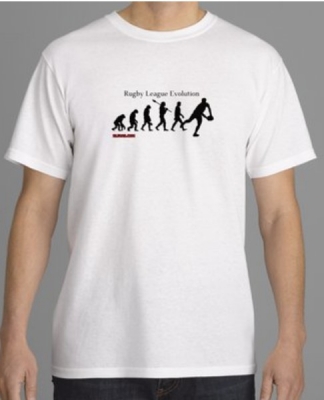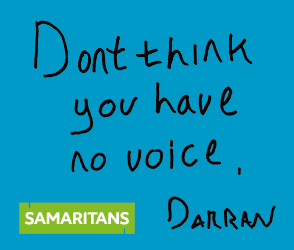Quote: Thelonius "McGuire applied intentional downward pressure and the try was correctly given.
Although there was a point where Mathers fingertips were touching the ball and the ball was on the ground he was trying to pick the ball up rather than intentionally grounding the ball hence play on and the try was the correct decision.
Both correct decisions for me.
[iHOWEVER...[/i
I have seen, on many occasions, a player cross the line and either slip, or dummy to ground the ball resulting in an unintentional grounding before they jump up and run under the sticks. The try has then been given where they unintentionally grounded the ball. Now if a try can be given when the attacker unintentionally grounds the ball, shouldn't the same be true for the defender resulting in a drop-out?'"
Wrong. The rules do not state a requirement for intention.
Try – How scored 3. A try is scored whengrounds the ball in his opponents’
in-goal, provided that he is not in touch or touch
in-goal or on or over the dead ball line.
(b) opposing players simultaneously ground the ball
in the in-goal area provided that the attacking
player is not in touch or touch in-goal or on or
over the dead ball line.
Sliding try (c) a tackled player’s momentum carries him into the
opponents’ in-goal where he grounds the ball
even if the ball has first touched the ground in the
field of play but provided that when the ball
crosses the goal line the player is not in touch or
touch in-goal or on or over the dead ball line.
GROUNDING means (a) placing the ball on the ground with hand or
THE BALL hands or
(b) exerting a downward pressure on the ball
with hand or arm, the ball itself being on the
ground or
(c) dropping on the ball and covering it with the
part of the body above the waist and below
the neck, the ball itself being on the ground.










